As adventure racers we are conditioned to moving non stop from discipline to discipline, from biking to kayaking, hill running to paddle boarding. An inherent advantage of multi-sporting is that we tend to utilize and tap into a lot more muscle groups than many other single discipline sports. We work into the various anatomical planes, encouraging a general, almost holistic, conditioning. However even with our dedication to the various disciplines, there are still some muscle groups which lie dormant, such as the core and biceps, whilst others like our quads, glutes and hip extensors become tight and overworked, resulting in us picking up injuries both in training and racing.
All forms of yoga are beneficial to the athlete. We can gain flexibility, mobility, balance, proprioception, body awareness and form, mental focus, enhanced respiratory functioning and power. The list is endless. As athletes who work a lot in aerobic & anaerobic zones, we do not necessarily need a yoga session to be a ‘workout’. Our key focus is maintenance; injury management and avoidance, lengthening tight muscles, engaging under-utilised muscle, awareness, breath and mental focus.
With this in mind the first few poses we will explore here are low intensity, mobilisers and stretches, focusing on releasing the overused and often weak glutes and creating mobility in the hips. We tend to hold a lot of tension in the hip region, both physically and emotionally, and with over 20 muscles at play here, it is no wonder that imbalances materialize. If left unmanaged, these can easily manifest into larger issues further down the kinetic chain, such as knee pain and tight calves.
 FOR EXAMPLE
FOR EXAMPLE
Tight hips and glutes can result in an anteriorly tilted pelvis, resulting in lower back stress, tight hamstrings and ITB, causing pulling on the kneecap, and chronic knee pain.
By developing strong, yet mobile, hips and core, we are well on our way to better, injury free, enjoyable training and racing. Avoiding cracks in the foundation, results in a stronger longer lasting structure.
Described below are 2 hip mobilisers and glute releases.
These are best practiced after a training session or post race, when muscles have been warmed up. *

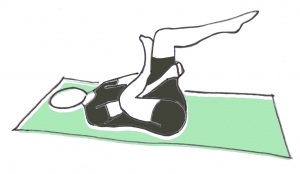

SUPINE PIGEON
(Supta Kapotasana)
Hamstrings, quads, glutes, hip joint mobility, hip flexors.
1. Lie on your back. Bend knees, bringing heels close to SI bones. Cross left ankle over right knee, coming into a figure-4.
2. Thread hand through gap between thighs, lifting foot off the floor and hold behind thigh. Work the right knee closer to the face, feeling a stretch in the glute. At the same time, work left knee away, working into a rotation into the hip joint.
3. 10 breaths. Repeat both sides.
4. Ensure the lower back/sacrum is connected to the floor, so that the hips are stable in this hip opener.
5. Extension: Interlock hands over the shin.
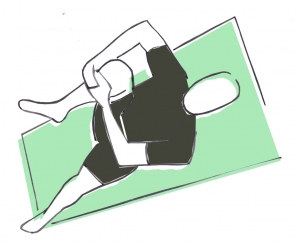
KNEE TO CHEST
(Apanasa)
Psoas (deep hip flexor) release, lower back pain, expel toxins, pelvis stabilizer, hip mobility.
1. Lie on back, with neutral spine. Bring right knee in toward chest, interlace fingers over shin just below the knee. Extend left leg fully, inhale, and flex foot back toward knee.
2. Exhale, bring right knee out toward armpit. Relax head and neck.
3. 10 breaths. Repeat both sides.
* The poses we adopt pre-session or race warm-up need to be more dynamic, allowing increased blood flow to the muscles and joints whilst maintaining a degree of spring, without over lengthening muscle fibers.
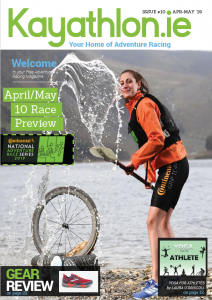 Extract from April/May magazine.
Extract from April/May magazine.
Make sure to tune into the upcoming issue for more great yoga tips from Laura.
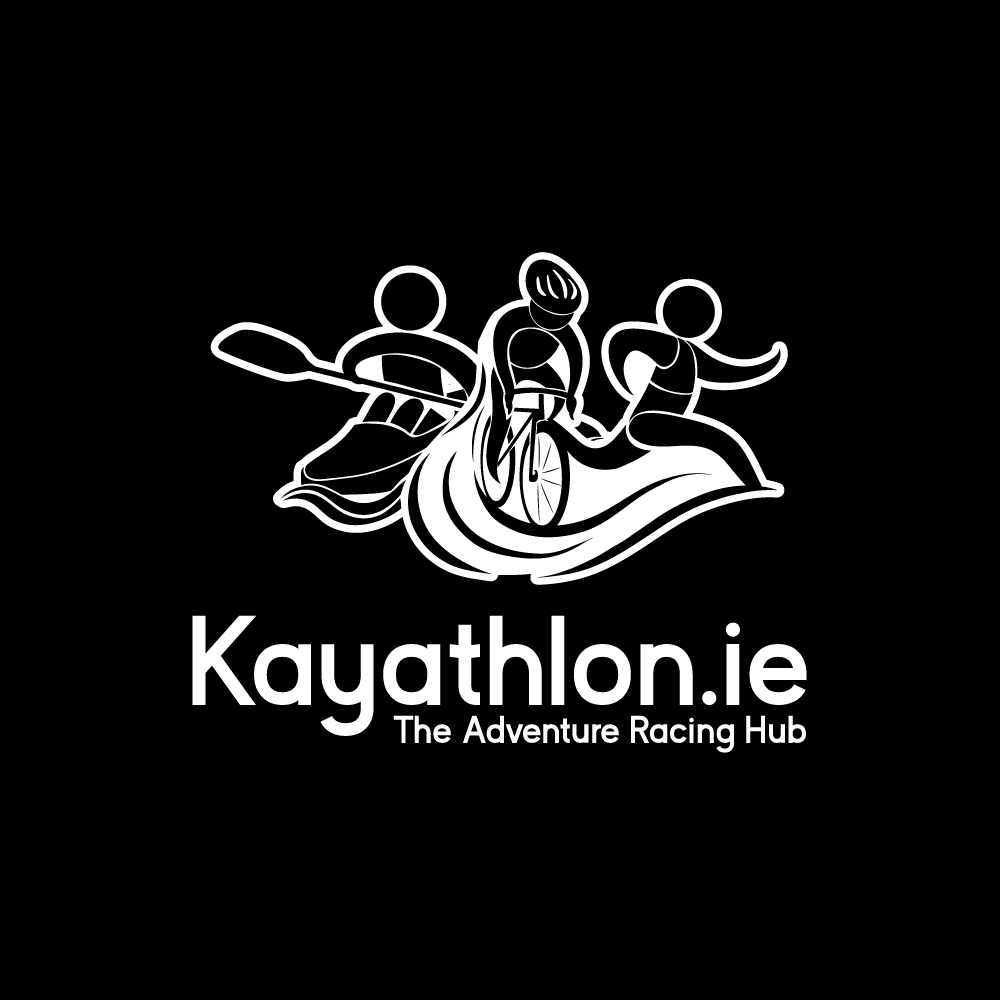

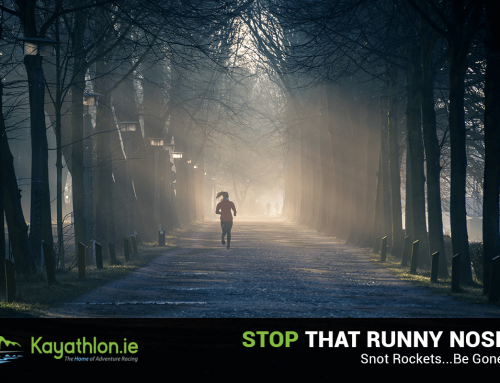
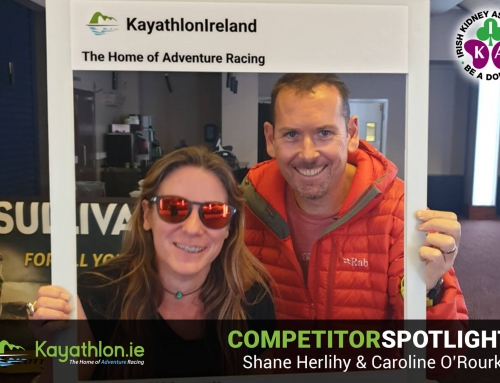
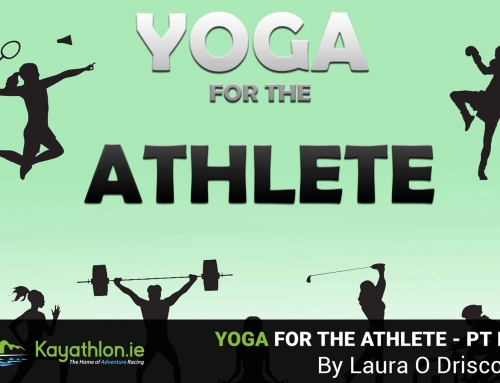

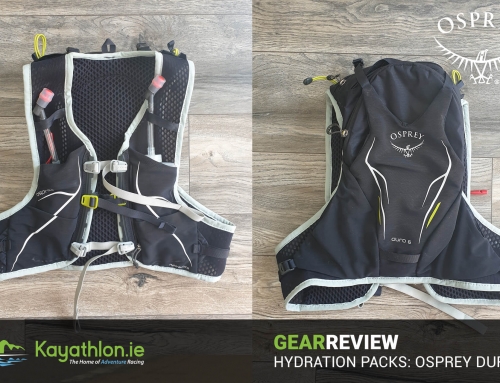
Leave A Comment